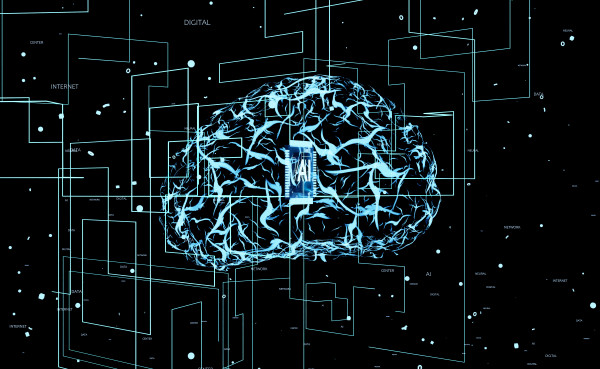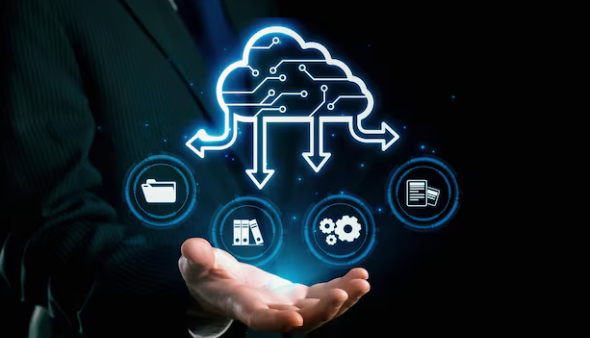In the present information age, the problem of how to balance the utility of data with personal privacy is a major issue. To organizations seeking to be innovative using data analytics without breaking the law such as GDPR, CCPA and HIPAA, an effective data anonymization is no longer a nice-to-have, but rather a pillar of responsible data stewardship. Successful anonymization would enable companies to discover valuable insights in datasets without disclosing sensitive Personally Identifiable Information (PII), which would lower the likelihood of a data breach and maintain compliance. In STL Digital, we realized that it’s important to navigate this complex environment to retain customer trust and gain a competitive advantage.
This manual lists the 10 best data anonymization methods that are the cornerstone of the current Cyber Security Best Practices.
1.Data Masking
The data masking or data obfuscation is a technique that generates structurally similar yet unauthentic dataset by concealing the original data using altered content. This is to secure sensitive data but also offer an alternative that is realistic and useful in non production environments such as testing, demos or training.
Key Function & Application: Personally Identifiable Information, such as names or credit cards, are substituted with jumbled or fake data. The format remains consistent for application functionality. It is preferable in generating realistic non-production datasets, in which the real values are not required but the format is.
2.Pseudonymization
Pseudonymization replaces the private identifiers with an artificial identifier (pseudonyms) or several. The most important consideration is a critical aspect that this is reversible through a distinct and securely captured mapping key.
Key Function & Application:: The name of a person is substituted with a particular ID. This enables internal data processing and analytics where data subjects may require re-identification in future controlled, authorized conditions, and is one of the primary methods of addressing GDPR requirements.
3.Generalization
Generalization is a deliberate effort to lessen the accuracy of information in a bid to avoid identification by clustering individual information points into larger and less specific clusters.
Key Function & Application: Precise data, e.g., ‘Age: 34’ or a particular ZIP code ‘90210’ is generalized to data ranges or more general areas. Where one needs high precision in data sharing, this is not ideal when providing public datasets or sharing data when one does not need high precision such as in the case of attribute disclosure.
4.Data Swapping
Data swapping is also called shuffling or permutation, and it is the reorganization of the values in a dataset. This compromises the connection between identifying and sensitive attributes in the presence of the global statistical characteristics of the dataset.
Key Function & Application: Swapping helps replace the values of salaries in a dataset of records with ZIP codes and salaries. Both the variables are right in their distributions but the relationship between particular place and salary is destroyed. It is best in statistical analysis when we are interested in the aggregate trends rather than the accuracy of the records.
5.Data Suppression
The most basic type of anonymization is data suppression, which entails the total elimination of the particular data fields or records in the dataset when the data is either too sensitive or too identifying.
Key Function & Application: Direct identifier columns (names, phone numbers) are removed. In the case of quasi-identifiers, certain values can be substituted with placeholders (e.g. an asterisk). Entire records could be repressed when they have highly unique or rare attributes. It is most appropriate where there is a risk of serious privacy threat of some attributes that are not important to the analysis that is needed.
6.Perturbation of Noise
Noise addition or perturbation Noise addition is the addition of a small random amount of noise to data. This safeguards personal privacy by distorting the fine details of the original data though it does not change the broad distributions and trends.
Key Function & Application: The specific income of a certain person (e.g. $65,100) is slightly modified (e.g. 64,950). These random variations when cumulated cancel and one can do accurate group level statistical analysis. It is most effective with statistical analysis and machine learning models whereby precise values of the individuals do not matter as much as aggregate patterns.
7.k-Anonymity
K- anonymity is a technical privacy approach that guarantees that when all quasi-identifying attributes are combined together, there exist at least k records that possess those attributes. This ensures that re-identification is impossible by ensuring that there is no way of determining any single person in a group of k-1 people.
Key Function & Application: It was gained through the process of generalization and suppression so that, say, a query of the form Age: 30-40, ZIP Code: 902**) has at least k=5 matching records. It is most appropriate to share sensitive information, offer a mathematically provable assurance against re-identification by linking assaults, and is a fundamental component of more sophisticated Enterprise Security strategies.
8. l-Diversity
The l-diversity model is an extension of k-anonymity to prevent attributes disclosure. It is that every collection of records sharing the same quasi-identifiers has at least one distinct value of each sensitive attribute.
Key Function & Application: In case a k-anonymous group of patients was all having the sensitive attribute, Heart Condition, an attacker would be aware of their diagnosis. 3-diversity would also necessitate that group to have three distinct medical conditions. It works well with datasets whose attributes are very sensitive and inference must be avoided.
9.Synthetic Data Generation
It is a sophisticated method that produces a completely new, artificial dataset which has the same statistical characteristics, correlations and distributions as the data it is modeling, but it does not include any actual data points.
Key Function & Application: Machine learning models, like Generative Adversarial Networks (GANs), are trained to act upon the original data and, subsequently, produce artificial records that are statistically equivalent and entirely anonymous, as well as new records. It suits well in cases that demand high utility fully anonymous information to develop AI models, software test, and strong Data Analytics Consulting.
The demand for robust privacy solutions is underscored by significant market trends. Growing consumer concern is a major driver. According to Deloitte’s,, growing consumer anxiety is evident as 48% of consumers report experiencing at least one security failure in the past year, which is a significant jump from 34% in 2023, leading an overwhelming majority i.e. 85% to take at least one proactive step to address their privacy and security concerns, a sentiment that directly impacts business outcomes and brand reputation. To effectively address these concerns, organizations must adopt a defense-in-depth strategy that incorporates modern Cyber Security Best Practices across their entire data lifecycle.
10.Differential Privacy
The mathematically rigorous standard of privacy-preserving data analysis is the so-called differential privacy. It allows the organization to receive insights based on aggregated data and gives good assurances that the non-occurrence or occurrence of any individual will not lead to a major impact.
Key Function & Application: It adds a carefully calibrated amount of statistical noise to the results of database queries. This noise is large enough to protect individual privacy but small enough to ensure accurate aggregate results. It is best for large-scale data analysis by organizations like Google, Apple, and the U.S. Census Bureau.
The regulatory landscape is rapidly evolving to meet consumer demands for privacy. Gartner predicts that “by 2025, 75% of the world’s population will have its personal data covered under modern privacy regulations.” This growing web of compliance mandates makes a proactive approach to data anonymization essential for global enterprises. Furthermore, the investment in security reflects this urgency. According to IDC, “Worldwide Security Spending Guide”, IDC projects that global security spending will grow by 12.2% in 2025. The same source notes that security spending is expected to reach US $377 billion by 2028.
Conclusion:
The choice of an appropriate data anonymization method is largely defined by the purpose of that use case, the sensitivity of the information, and the analysis value needed. It has been found that a combination of these techniques is usually required in constructing a defense in layers that is in tandem with new Cyber Security Best Practices. With data being a more and more valuable asset, its protection is not only a compliance issue but a core part of corporate responsibility and consumer confidence.
In a case where an organization needs to consult with an expert on how to implement these techniques and develop an effective privacy framework, it is important to collaborate with an experienced IT Consulting company. STL Digital has the strategic acumen and technical know-how to change your data management culture and methods in a way that allows you to innovate with all the certainty that data protection and privacy remain as the utmost.



